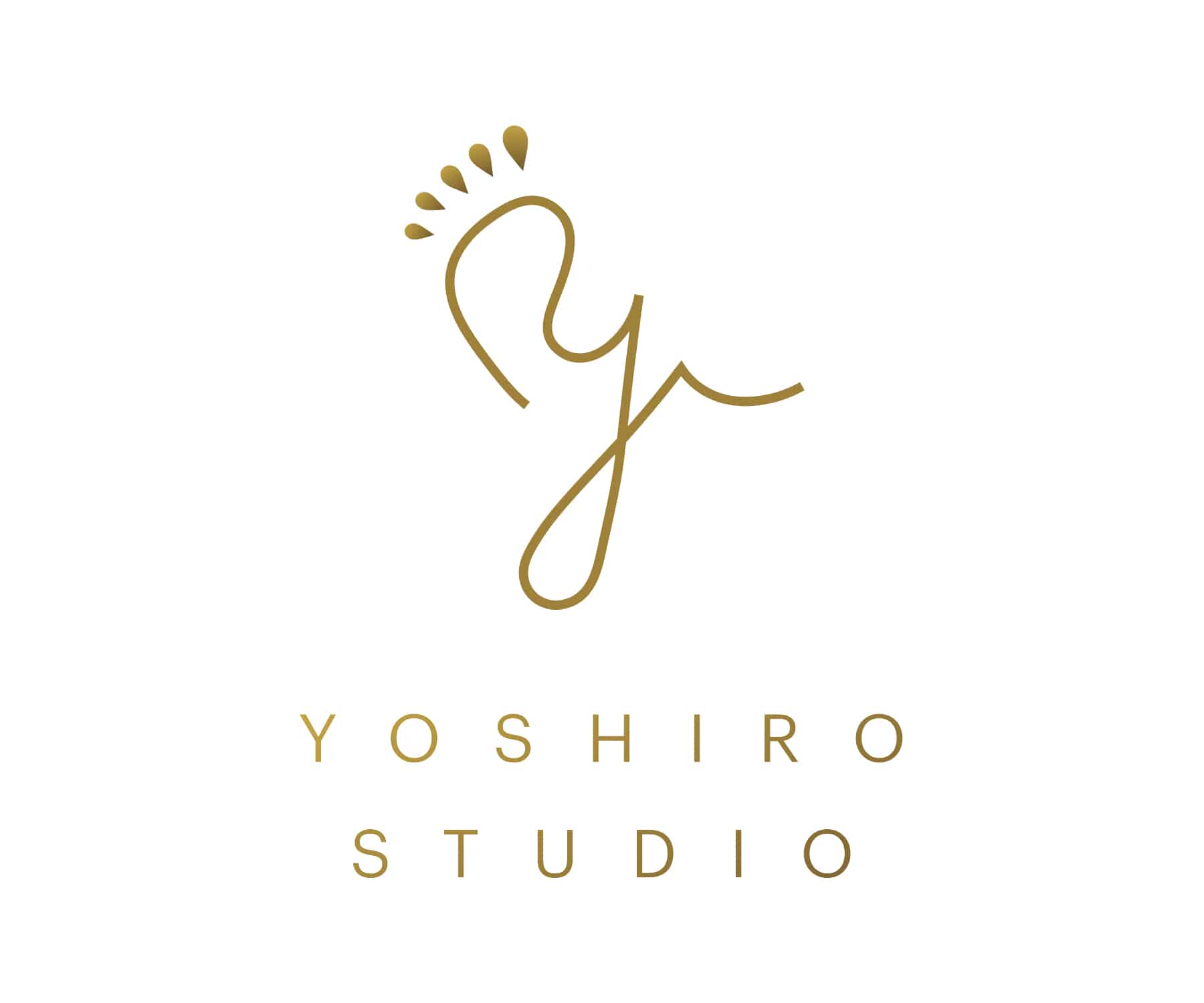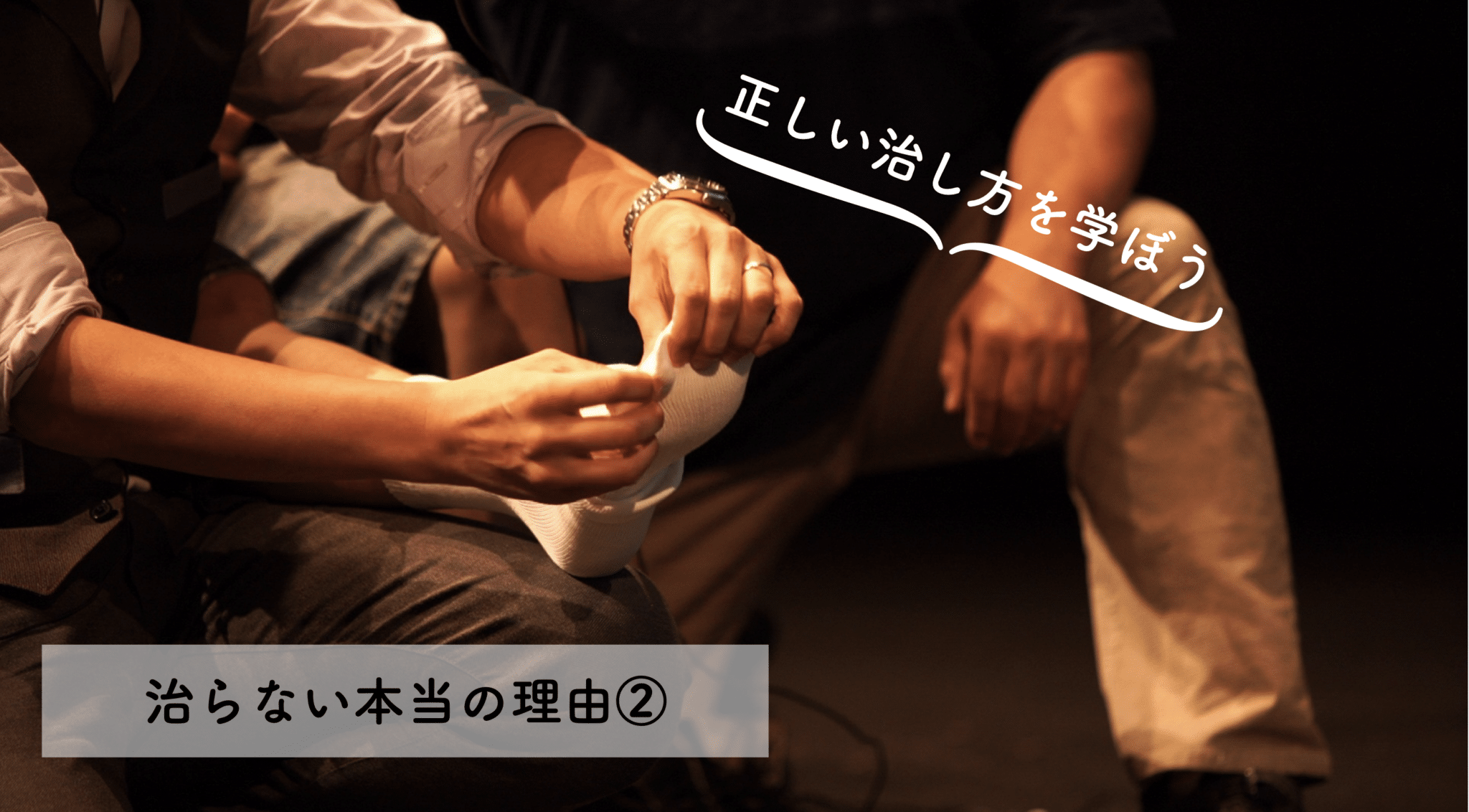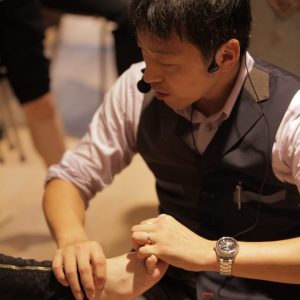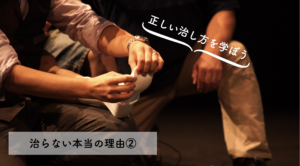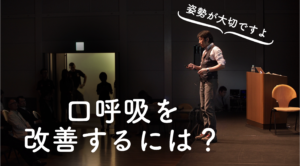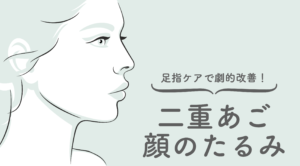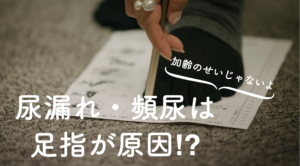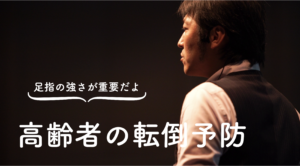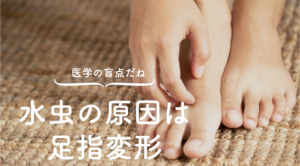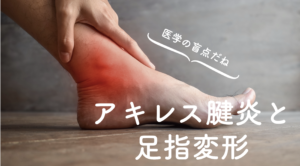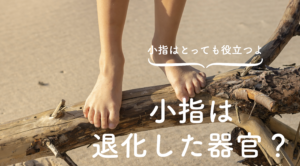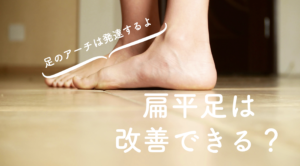Commentary by a toe doctor
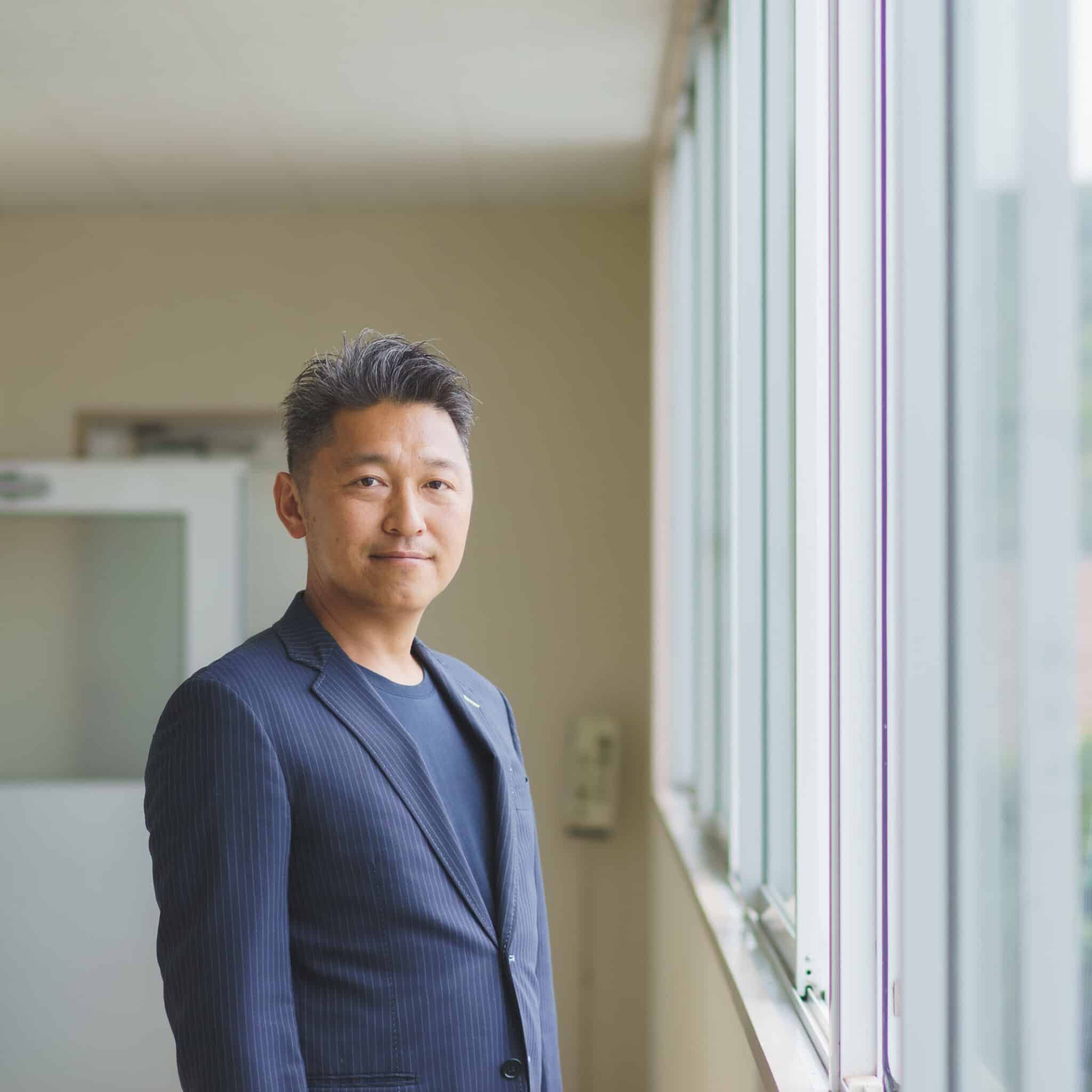
YOSHIRO YUASA
Keiro Yuasa
Dr. Toe, Director of Toe Research Institute, President of Japanese Society of Functional Foot and Toe Therapy, and developer of Halmek shoes. Former director, vice president, and medical director of General Hospital. He specializes in exercise physiology and anatomy. He is also a foot and shoe specialist and a leading expert in postural occlusion therapy. He has cured various orthopedic diseases (over 70,000 people) with toe therapy alone.
Despite Japan's longevity, there are many people who are bedridden or forced to live with disabilities due to pain and infirmity in their legs and hips. In addition, Japan's medical costs are increasing at a tremendous rate as the country enters a hyper-aged society. Even if you are told that you will be in a wheelchair for the rest of your life or that surgery is the only way to cure your condition or that there is no cure because you were born with it, please believe in the power of your toes, do not give up, and continue to use HIRONOBA EXERCISE and YOSHIRO SOCKS to create a miracle.
I do not perform any magic on the "cured" that I introduce at the Toenail School. I only heal them with the power that they themselves have. It is a power that everyone has. In this article, I will tell you the only reason why many people are not cured.
Rehabilitation, massage, myofascial release, and chiropractic care are not pain relief.
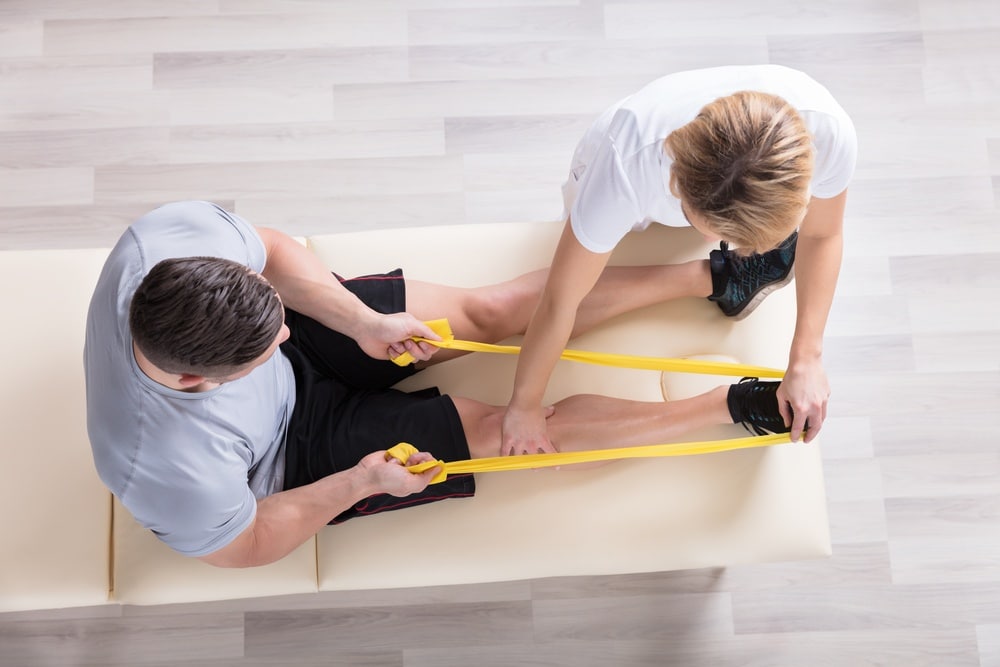
Most of you may have gone to rehabilitation, massage, myofascial release, chiropractic, etc., but your back or knee pain never seems to go away. Many people have experienced that the pain seems to ease a little right after the treatment, but the next day it returns to its original state. That's just as well. Almost all "pain relief treatments" are out of focus.They can squirm and stretch muscles, bend and stretch joints, and correct joints by snapping bones. This does not help relieve pain at all.
Why, because the cause of the pain is somewhere else entirely!The "where" is the "why"? So where is it? It is "joint misalignment/joint strain. Since "joint misalignment/joint strain" is unfamiliar to most people, it is difficult to imagine. However, most people with knee or lower back pain have a variety of trapped joints, including the sacroiliac joint (the joint between the sacrum and iliac bone).
Pain is caused by joints not moving properly.
What are joints for? Needless to say, it is to connect bones to bones and allow the body to move freely. To allow free movement, joints are composed of two parts: a concave part and a convex part. When the "concave" and "convex" parts are well aligned, the joints move smoothly, but if they are slightly misaligned, movement becomes difficult. You may want to imagine a front door. For example, what would happen if the hinge of a front door was unscrewed and misaligned by even 1mm? The door would not close properly. The same thing can be said for joints. In a joint, there is a "correct position" when the "concave" side slides over the "convex" side. When a joint always moves through the correct position, it is a "joint without misalignment. When the joints are in the correct position, the muscles are in a good state of supple extension. At this time, there is no pain.
Conversely, when a joint is not moving through its correct position, the joint becomes misaligned and trapped within the joint, causing pain, and the muscles stiffen in an attempt to protect it.One cause of misaligned joints is poor postureThe skeletal structure is distorted by poor posture. Poor posture distorts the skeleton. So skeletal distortion leads to misalignment of joints. However, thisNeither doctors nor physical therapists know that the cause of poor posture lies in the "toes"The following is a list of the most common problems with the
The human body is designed to remove distortions when walking while "barefoot". However, in modern society, we have become accustomed to wearing "shoes and socks," which prevents our feet from fully functioning when we walk. As a result, the body's center of gravity is misaligned when walking, which prevents the correct muscle tone from being developed, resulting in a left-right difference in the body and joint misalignment.
Hand -Standing Theory (Keiro Yuasa's Theorem)

Thus, in our body, without us realizing it, the "concave" and "convex" joints are not working together properly, causing a defect somewhere. This is,Joints are misaligned and lead to trapped joints, causing back pain, knee pain, stiff shoulders, etc.This is why. Massage and myofascial release may temporarily relieve pain, though,Unless you treat the "toes" that are creating the poor posture, you will have nothing to show for it.You will find that
The pain is not "cured" because the cause of the pain is somewhere else entirely. To become a healer, you need only one thing: to spread and stretch your "toes".
There is no scientific basis for orthopedic rehabilitation.
Joint mobility training is counterproductive.
It may sound strange coming from a former physical therapist, but rehabilitation is not a cure. There is joint range of motion training, muscle strengthening training, balance training, ADL training, gait training, and so on,Basically everything you can do yourself.It is. It may sound "like those things" with all the complicated jargon, but you don't have to be a nationally certified physical therapist to do it. If the cause of stiff joints is a misalignment of the sacroiliac joints,Rehabilitation itself that tries to forcibly stretch stiff joint parts is counterproductive.It is.
Muscle-strengthening training is also pointless.
One of the most common rehabilitation exercises for people with knee osteoarthritis is thigh muscle strengthening training. It seems to be done to reduce the load on the knee, because the quadriceps muscle on the front of the thigh acts like a cushion to relieve the load on the knee joint, but look at Olympic athletes and professional athletes. There are many people who have osteoarthritis of the knee even at a level where they cannot train their thigh muscles any more. There is no standard for how much you should work out...there is no standard for that. Most people have worked out as they were told, but it did not relieve their pain.
The adductor muscle group on the inner side of the thigh acts to close the leg. Weakness here causes the thigh to open outward more easily, leading to progression of knee osteoarthritis; weakness of the gluteus medius muscle on the side of the buttocks causes the pelvis to tilt, leading to a wobbly, unstable gait and increased stress on the knee joint from the forced posture. If a nationally certified physical therapist told you that! you may think, but I have never seen anyone in the hospital who has gotten better because of it.
Hospital treatment is for the status quo.
Rehabilitation in hospitals and clinics, however, can slow deformity and reduce pain,He concludes that the only treatment for osteoarthritis of the knee is surgical therapy, which cannot cure bone deformitiesIt is pain relief, not elimination. If you are in the waiting room of an orthopedic clinic, you will often see people who have been going there for 10 or 20 years for pain treatment, talking amiably with each other. If a hospital really cures pain, it is normal to not see the same faces after about three months at most.
I know because I used to run a hospital, and hospitals are supposed to be non-profit organizations, but in reality they are all run by for-profit people. It is a world where you have to cure people, but it is also a world where you have to get people to go to the hospital in large numbers. For example, if you want to make money in orthopedics, you need to hire a lot of physical therapists, gather elderly people suffering from knee and back pain, and have them visit your clinic three times a week. If you like listening to the elderly and can give them gentle, pain-free rubs and massages, they will love you. Even if you can't take away their pain, if you are personable, the elderly will continue to come to you. If the number of days of rehabilitation becomes limited, change the name of the disease and let them go back.
When I was running the clinic, I was adamantly opposed to this way of operating. Rather, I was opposed to the opposite: I wanted to heal, heal, heal, spread rumors, and then flood the waiting room with patients who heard about the healings. I thought that the sense of security that one would be cured if one came here would make for a healthy operation. I believe that medical care should be a place where people graduate after being cured of their illnesses, not a place where they continue to go. The reason I cannot work in a hospital is because I cannot go along with the money-making philosophy of the chairman and the director. The more I cured, the more the doctors hated me....
There is nothing more pointless than a massage.
Massage, for example, certainly feels good, but unfortunately it is a "stopgap" measure that does not relieve the underlying pain.. For those who suffer from pain and numbness due to osteoarthritis of the knees, herniated discs, spinal stenosis, etc., it is understandable that they would like to continue to go to the clinic because of the "feeling of being touched. However, even if the muscles are temporarily tenderized, they will soon become stiff again. The reason for this is that the cause of muscle stiffness is misalignment of joints. When a joint is misaligned, the muscle tries to stop moving to protect the misaligned place and becomes stiff. Even if they become temporarily soft by firmer muscles,Since the underlying cause of joint misalignment has not been resolved, it will always return to its original state.The following is a list of the most common problems with the
When a painful area is pressed, you may feel that the pain is relieved, but this is merely an illusion of "painful condition → more pain with pressure → pain becomes lighter when the hand is released. In this case, the muscles try to protect themselves and become increasingly stiff, which is rather counterproductive. The fact that professional athletes often have minor injuries that do not heal and lead to major injuries, or miss games due to prolonged pain, tells us that massage is useless for relieving pain.
Don't expect to make the pain go away right away.
Pain can be really painful. Some people who are currently in constant pain may think, "I wish I didn't feel pain...". But the truth is,Pain is what allows us to protect ourselves.Pain is a warning that something is wrong with the body. Pain is a warning that something is wrong with the body and that the body is in danger.
Pain is an important part of our vital functions. Therefore, when you feel pain, it is a warning from your body. It is much more important to accept the pain and identify the cause of the pain before blindly thinking about how to eliminate it.
For example, walking for a long time with loose shoelaces increases the load on the knee and causes pain. If you go to an orthopedic surgeon, he or she will treat it as "inflammation of the knee" and give you a compress. However, since the root cause is the "shoelaces," simply tightening the shoelaces and walking will eliminate the knee pain. Pain is a sign that the laces are loose. It is extremely difficult to pinpoint the cause. Hospitals and orthopedic surgeons cannot give advice on shoes and insoles. Shoemakers do not know anything about the body, so if you have knee pain, they can only say, "Please go to an orthopedic surgeon. Since there is no place where they can examine "feet, shoes, socks, insoles, posture, and pain" comprehensively, it is natural that they cannot cure symptoms such as osteoarthritis of the knee, herniated intervertebral disc, and spinal canal stenosis fundamentally.
In addition, the bones and nerves themselves do not cause pain, and there is no evidence of the "nerve compression pain" often associated with herniated discs and spinal stenosis.Back pain is not caused by nerve compression or muscle weakness... If muscle strength were the cause, then all children and the elderly would have low back pain. The same is true for knee pain,Worn cartilage does not cause pain.The first is the
A study published in the New England Journal of Medicine by a research team led by Maureen Jansen examined 98 people with no history of lower back pain and examined their lumbar spine with MRI. According to the study, 36% had no abnormalities in any of the discs, 52% had one or more bulging discs, 27% had a protruding disc, and 1% had a prolapsed nucleus pulposus. The study concluded that "even if MRI finds bulging or protruding discs in patients with low back pain, many are due to chance. When an MRI image shows an abnormal disc, one might be convinced that this is the cause of back pain, but as the study shows, there is no relationship between disc abnormalities and back pain.
Magnetic resonance imaging of the lumbar spine in people without back pain.
There are no nerves or blood vessels within the articular cartilage. Therefore, whether it is knocked, cracked, or abraded, an injury to the cartilage alone will not cause pain.
Neurovascular invasion at the osteochondral junction and in osteophytes in osteoarthritis
Surgery on an area where there is no cause for pain...
Without knowing the underlying cause, continuing to take pain medication, block injections, or applying compresses merely masks the pain.. It does not solve the cause of the problem, and in fact, it even runs the risk of progressively worsening symptoms while the pain is being masked. I am particularly concerned about nerve block injections performed by orthopedic surgeons. Nerve block injections are injections of local anesthetics into the nerves and around the nerves to block the pathway of pain transmission, thereby making the patient feel no pain. If the pain disappears after a nerve block injection, it means that the cause of the pain is there. The cause must be removed by surgery.
However, for some reason, orthopedic surgeons continue to use nerve block injections and do not perform surgery because "the pain goes away with the injection. On the other hand, if the pain does not disappear with nerve block injection, it means that the cause of the pain is not there. However, the orthopedic surgeon will now say, "Since the pain does not disappear with injections, let's do surgery. Let's try to sort this out once again.
Pain disappears with injection → cause of pain is there → that cause should be surgically removed
Pain does not go away with injections -> cause of pain is not there -> surgery does not relieve pain
This is what a sane person would do. And yet, for some reason, we have done the opposite. The patient says, "We don't know the cause, so let's open the affected area and take a look at it. What is the point of doing surgery if the cause is not there?" The reality of the medical field is that such an unclear situation prevails.
Are you using Lyrica (pregabalin) for back or knee pain?
Lyrica prescriptions for back pain and osteoarthritis are "off-label prescriptions."
In addition, the drug Lyrica (pregabalin) has recently been overdosed. Pregabalin is indicated for "neuropathic pain," though,The only specific injuries for which its efficacy has been demonstrated in clinical trials are "fibromyalgia," "postherpetic neuralgia," and "post-spinal cord injury pain.It is a good thing that this is the case. However, in clinical practice, it has been prescribed for many orthopedic conditions such as back pain (herniated disc, spinal canal stenosis, etc.), sciatica, and arthralgia (knee osteoarthritis) for many years without any clinical trial at all.
All of these off-label indications have been debunked in highly academic clinical trials. The New England Journal of Medicine, one of the most prestigious general medical journals in the medical community, expressed strong concern about the current surge in pregabalin sales in an article published in 2017, stating
Pregabalin was approved in 2004 for the treatment of diabetic neuropathy and postherpetic neuralgia, and in 2007 for fibromyalgia. But the drug company's advertisements tout it as a painkiller with more general uses. Some clinicians justify off-label prescriptions by using pregabalin not only for vague pain similar to fibromyalgia, but also for distinctly different conditions such as back pain and osteoarthritis.
New England Journal of Medicine 2017
Expansion of indication to the insubstantial disease name of neuropathic pain
As of July 2012, pregabalin is approved in 120 countries and regions worldwide, including the United States, European Union countries, Australia, and Canada, and is widely used clinically for neuropathic pain (peripheral neuropathic pain and central neuropathic pain), epilepsy (adjunctive partial seizure therapy), generalized anxiety disorder, and fibromyalgia. It is widely used clinically. In Japan, a Phase I study was initiated in 1998. As a result of clinical trials in Japan and overseas, the drug was approved for the indication of postherpetic neuralgia in April 2010, and in October of the same year, the indication was expanded to include peripheral neuropathic pain. Subsequently, pregabalin was approved for the additional indication of "pain associated with fibromyalgia" in June 2012 through a priority review after its efficacy and safety were recognized in domestic clinical trials for fibromyalgia. In addition, the drug was approved for the additional indication of "neuropathic pain" in February 2013, along with the already approved indication of "peripheral neuropathic pain," after its efficacy was recognized in a global joint clinical study for post-spinal cord injury pain, a typical central neuropathic pain disorder.
The FDA, the U.S. review authority, and the EMA in Europe have specified specific indications for pregabalin as "postherpetic neuralgia, post-spinal cord injury pain, diabetic neuralgia, and fibromyalgia. In contrast, in Japan, the indication for pregabalin has been expanded to the vague and insubstantial "neuropathic pain" without any clinical trials, and information has been manipulated in clinical settings and by insurance examiners.
Lyrica costs $223 a day. We only prescribe it because we make 5 times more money than we ever have.
Incidentally, the cost of Lyrica (pregabalin) usually prescribed for pain in the orthopedic field is 75 mg (111.5 yen) X 2 tablets, or 223 yen per day. In contrast, Loxonin, a typical painkiller, would cost 60 mg (14.5 yen) X 3 tablets = 43.5 yen, and its generic would cost 60 mg (7.3 yen) X 3 tablets = 21.9 yen. Pregabalin is a very expensive drug and profitable.
An artifice to make money by prescribing large quantities of these expensive drugs, rather than prescribing them with good intentions to make patients feel better.I believe that it is not. We recommend that you stay away from doctors who prescribe easy prescriptions out of a sense of hypocrisy, saying that if a patient complains of a pain-like sensation, "I will cure you with the latest medicine. Diagnosing and treating pain is not an easy task.
Some pain exists that cannot be determined at all by imaging.
Most of the "abnormalities" that show up on X-rays and MRIs are not the cause of pain or numbness.
Disease names given based on imaging abnormalities confirmed by x-ray or MRI are herniated disc, spinal canal stenosis, slipped disc, osteoarthritis of the hip joint, and osteoarthritis of the knee. For example, if a lumbar disc protrudes on an MRI, it is diagnosed as "lumbar disc herniation," and if cartilage in the knee is worn away on an x-ray, it is diagnosed as "knee osteoarthritis.
In fact, there is a major problem here. It is,Abnormalities that appear on examination are not necessarily the root cause of the pain.That is to say. For example, if a patient is officially diagnosed with lumbar disc herniation or lumbar spinal canal stenosis at a hospital and the pain cannot be relieved, surgery is the last resort. However, even if the abnormality is removed by surgery, it does not necessarily mean that the pain will disappear. Many people complain of the same pain as before even after surgery. The same can be said for surgery to insert an artificial joint for osteoarthritis of the knee.
Some people do not complain of pain at all, even if x-ray or MRI imaging shows abnormalities such as hernias, stenosis, cartilage wear and tear, etc.The pain is not always present in the patient's body. Conversely, many people complain of pain even when their imaging is perfectly normal. This means that the name of the disease on the image does not always correspond to the cause of the pain. You can see how modern orthopedic treatment is full of contradictions.
The reason why such misguided things are happening in the medical field is that most medical professionals are only able to deal with "pain that can be visualized by x-rays and endoscopes. It is not uncommon for back pain to go untreated because doctors look at MRI images of the spine and lower back and give it a random "disease name" such as herniated disc or spinal canal stenosis. The reason for this is that orthopedic surgeons have not yet recognized that the cause of back pain is still unknown and therefore there is no correct treatment.
Evidence-based medicine" began overseas at the end of the 20th century, and as a result of the search for "evidence" regarding back pain, it was found that there was little evidence for what had been believed to be the cause of back pain until then.In the book "Clinical Evidence" published by the British Medical Association in 1996, it is stated that "the cause of about 85% of back pain cannot be identified.
The Japanese Orthopedic Association finally acknowledged this by publishing guidelines in 2012. However, many doctors are still treating back pain in the conventional way.
The pathology of knee osteoarthritis is also actually unexplored by modern medicine
It was proven in 2012 that there is no relationship between cartilage wear and pain in the knee.
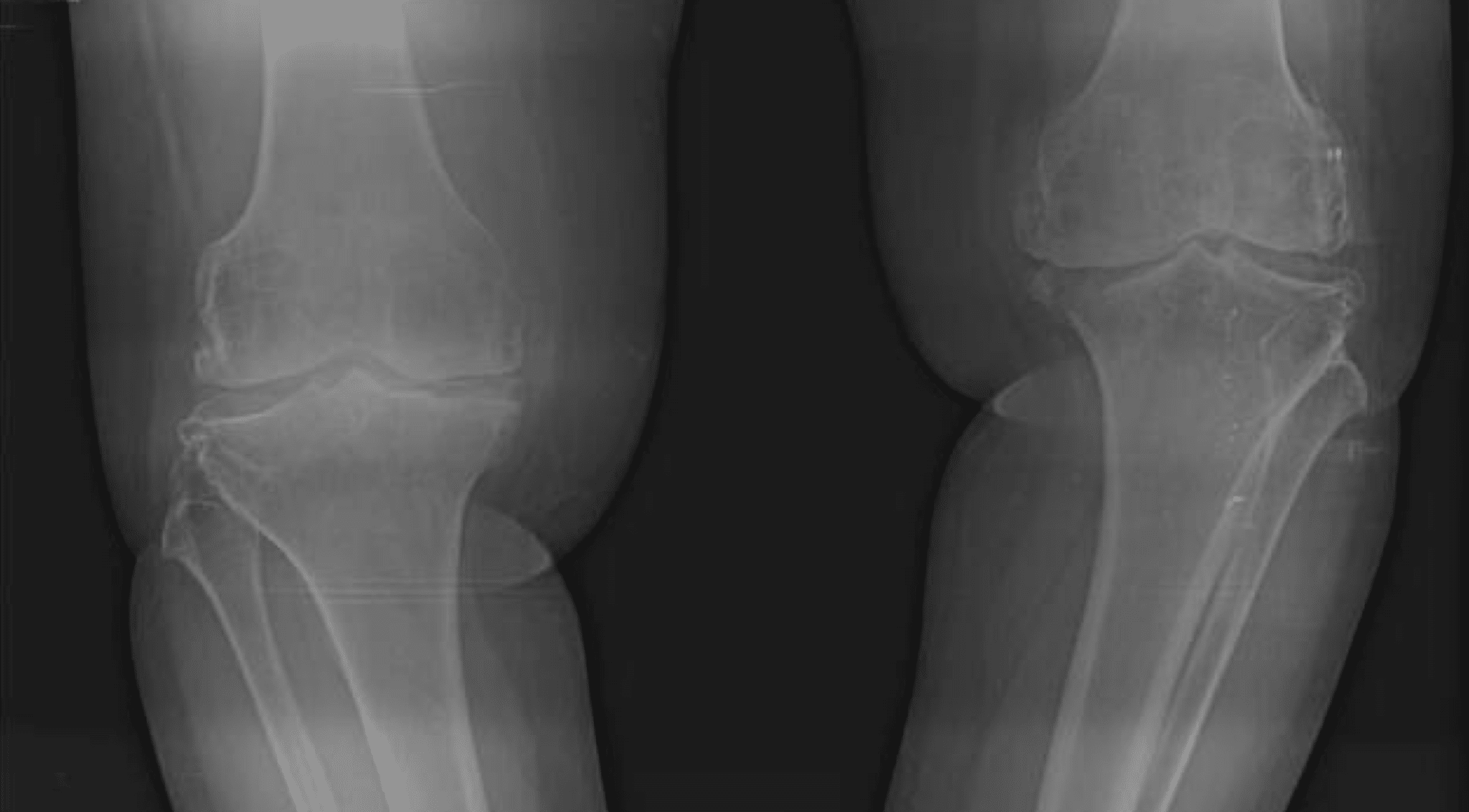
The number of patients with osteoarthritis of the knee increases with the aging of the population, with approximately 25 million currently suffering from the disease, 8 million living with pain and suppressing it with medication, etc., and approximately 100,000 people a year undergoing artificial knee joint replacement surgery as the condition progresses. Although the disease affects such a large number of patients, its pathogenesis is still largely unknown. Therefore, many people are told by their doctors that it is inevitable because of their advanced age.
Recently, if cartilage can be regenerated, this disease can be cured. Based on this idea, treatment methods applying the latest regenerative medicine, etc., have been developed one after another, and the number of hospitals that regenerate knee cartilage has increased, but this does not mean that this disease has been solved. This is because the cartilage wear and tear is only a "result" and not the root cause of the disease, so the disease will only recur.
According to a 2012 study by Ali Guermazi and his medical research team at Boston University in the United States, a knee MRI of 710 people without knee pain showed osteophytes in 74%, cartilage damage (cartilage wear and tear) in 69%, and bone marrow lesions in 52% of patients. It was proven that the higher the age, the higher the incidence of all types of abnormalities detectable by MRI, so that although some abnormality is found in the knee with so-called aging, it is "not related to pain".
Furthermore, there was a high rate of osteoarthritis in both painful (90-97%, depending on the definition of pain) and pain-free (86-88%) knees. In conclusion, the MRI showed that the radiographs of the knees showed no features of osteoarthritis, regardless of pain, and lesions in the tibiofemoral joints of most middle-aged and elderly patients.
Prevalence of abnormalities in knees detected by MRI in adults without knee osteoarthritis: population based observational study
Hyaluronic acid injections are still rampant in plastic surgery. Cartilage wear and tear is a "result" and not a "cause. In severe cases, surgery is recommended to remove the cartilage or to replace it with an artificial joint, which not only makes it impossible to sit upright, but also causes pain in the opposite knee.
If you learn the basics of bone and muscle physiology, you will understand that cartilage can be restored without surgery. I have seen people regrow cartilage on their own many times. Anyone can understand that knee osteoarthritis is a disease that can be cured by self-care alone, as long as the approach is to restore (straighten) the alignment of the knee from the feet up.
90% of hernias, stenosis, slips, and osteoarthritis of the knee can heal on their own.
He who controls toe function controls pain.
When the sacroiliac or lumbosacral joints become misaligned and derail from the correct joint position, a source of pain is created, which then travels through the periosteum and manifests itself as pain in various parts of the body. This is called "radiating pain" or "associated pain. There are over 200 joints in the human body. Among them, there is one important joint that is involved in pain throughout the body. These are the sacroiliac and lumbosacral joints, which form the pelvis.
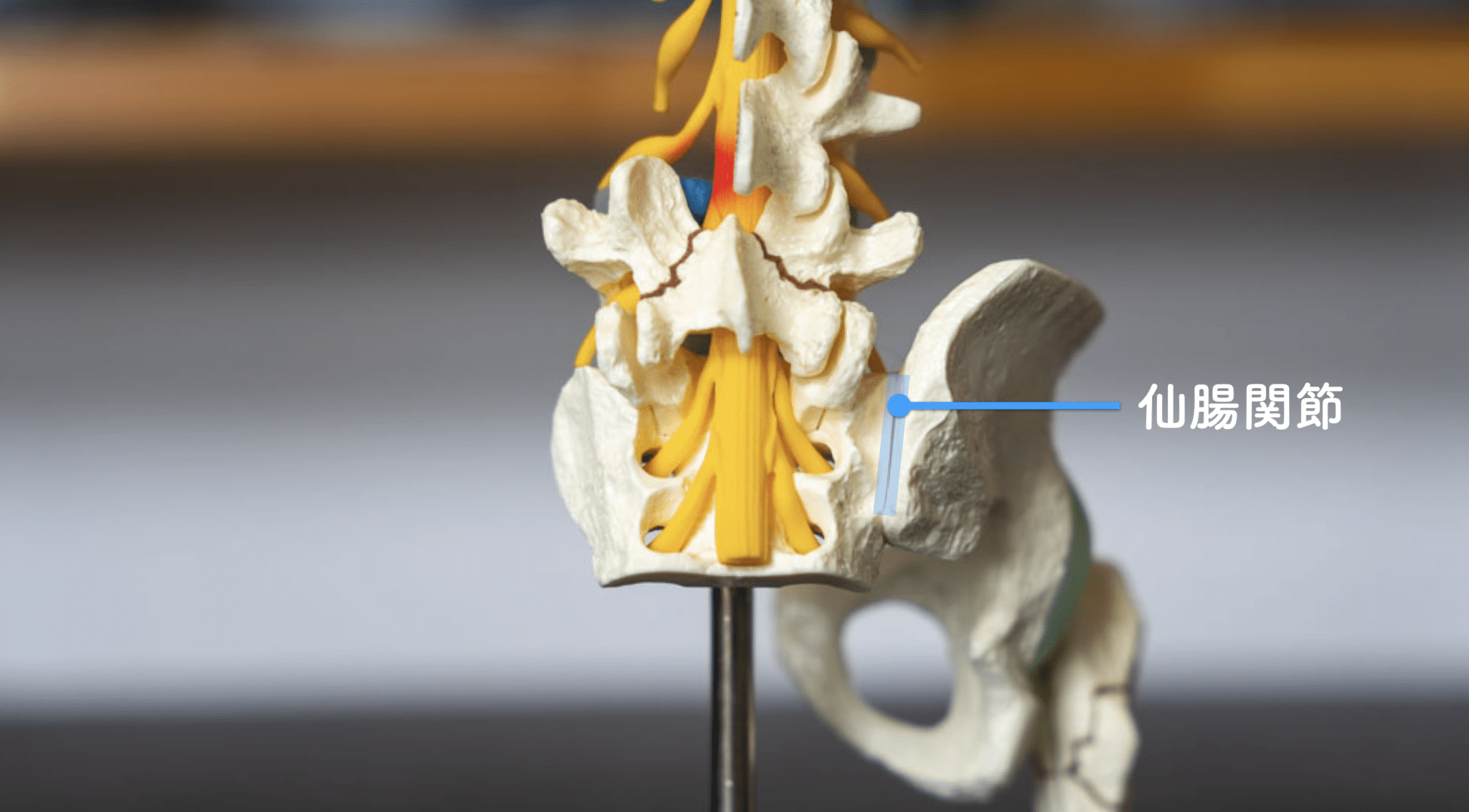
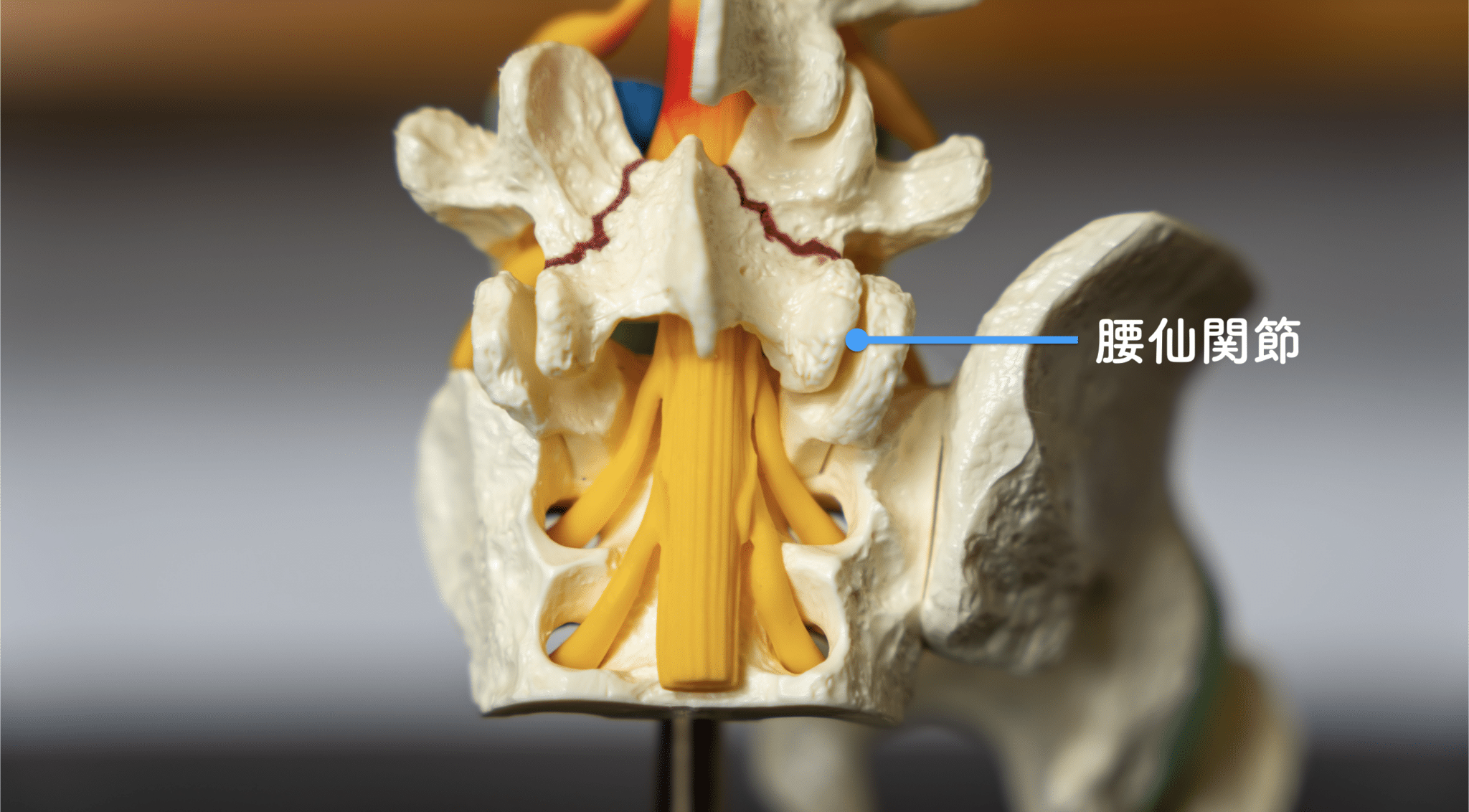
As I mentioned previously, the treatment of joint dysfunction in Japan was established in the 1950s. We have verified that a double treatment of pelvic adjustment + + joints close to the affected area can increase the therapeutic effect considerably. However, treating joints requires very difficult techniques, so even doctors and physiotherapists are able to perform this joint treatment less than 0.0021 TP3T.
Furthermore, one of the causes of misaligned joints is poor posture, but neither doctors nor physical therapists know that the cause of this poor posture lies in the "toes". In modern society, people have become accustomed to wearing "shoes and socks," which prevents their feet from fully functioning when they walk. This leads to walking with a misaligned center of gravity, which in turn causes the muscles to become misaligned, creating a left-right difference in the body and resulting in misaligned joints.
In other words, unless the shoe, sock, and toe problems are resolved, the pain will keep recurring and the joints must continue to be treated on a regular basis. I have actually treated joints myself, and I have certainly seen patients' pain lessen or disappear with joint treatment. However, if there is a problem with the sacroiliac joint, then physically resolving the problem should immediately relieve the pain, but the reality is that this is not the case.
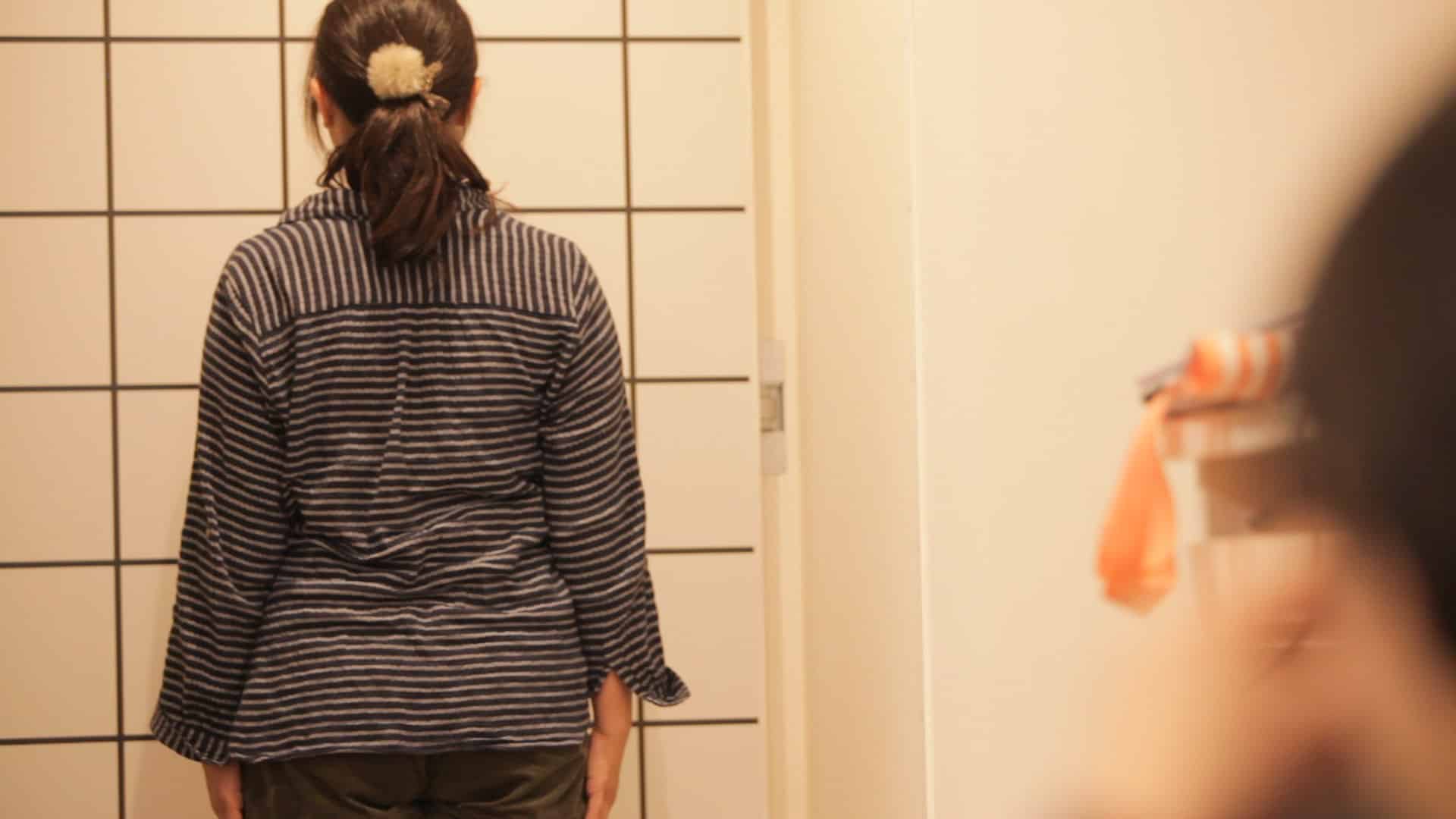
So, instead of thinking that the sacroiliac and lumbosacral joints are the cause, I began to think that the cause of the displacement of the sacroiliac and lumbosacral joints might be in other parts of the body. I began to think that they are not the cause of the problem. So, I thought that the improvement of my wife's O-legs would be the key. At the time, little attention was paid to the fact that the cause of O-legs was a floating pinky toe. However, after taking full-body photographs of patients and conducting a postural analysis, I noticed that most of them had a left-right difference in body and leg length, and this seemed to be the key.
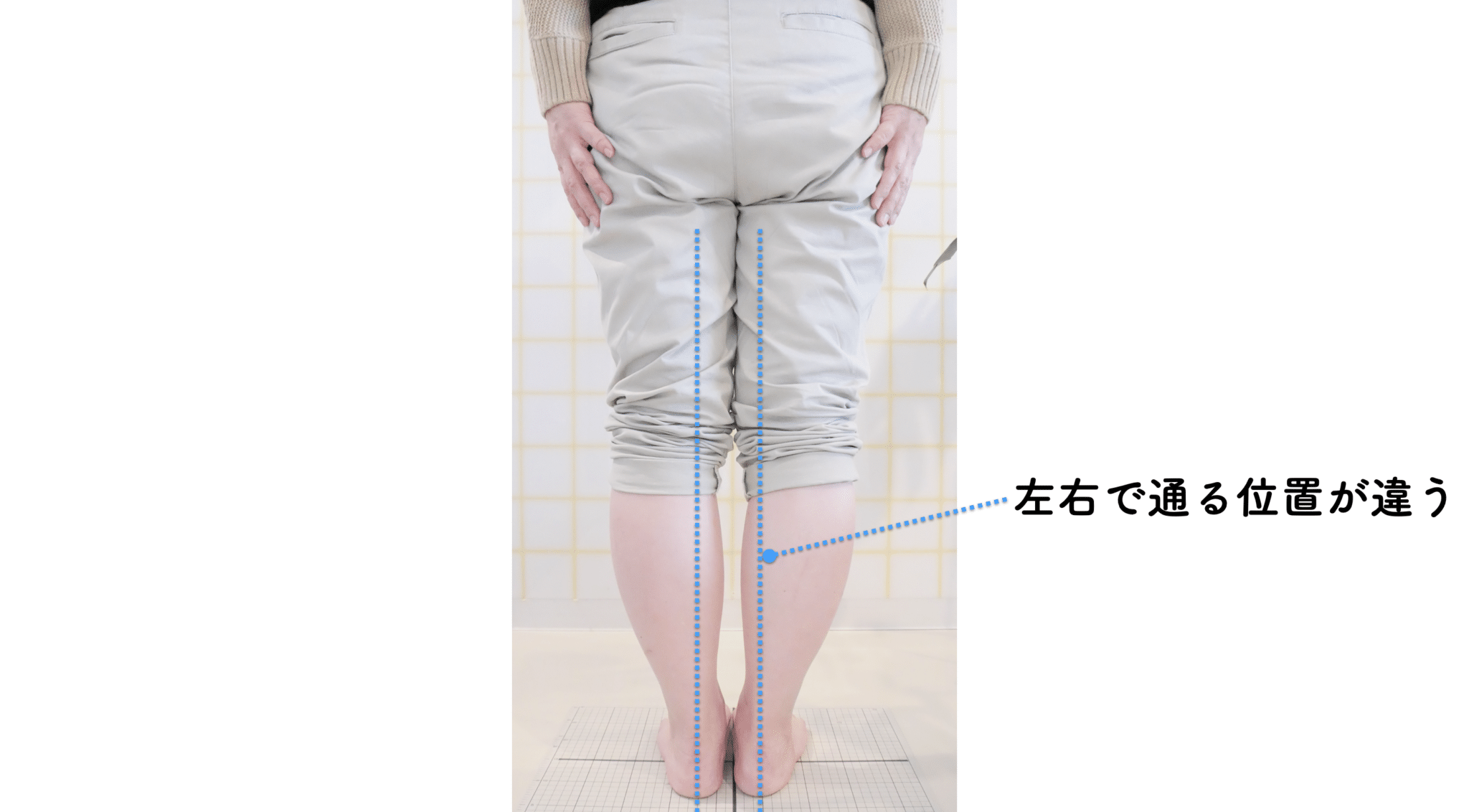
We wondered if a fundamentally different approach from conventional methods could enhance the effectiveness of treatment. We thought that a fundamentally different approach might improve the effectiveness of the treatment. Although joint treatment had an immediate effect, many patients returned to normal after two weeks to two months. Therefore, regular joint treatment was necessary. We conducted an experiment with a group that included toe treatment and a group that did not include toe treatment. In the group that received the toe treatment, the left-right difference in the body and legs disappeared, and the recurrence rate was surprisingly low. By regaining toe function, the correct muscles will be built up, and the left-right difference in the body will disappear, which will naturally eliminate the misalignment of the sacroiliac and lumbosacral joints and the pain will disappear. Based on this hypothesis, we decided to conduct various tests to establish a new method.
...Loose shoe laces cause pain everywhere in the body.
The mere fact that my shoelaces are round laces causes pain everywhere in my body.
A few millimeters of misalignment of the insole can cause pain anywhere in the body.
The insole surface is a slippery material that causes pain all over the body.
...Pain all over the body just by using insoles that lift the arch area.
A few millimeters difference in shoe heel wear can cause pain anywhere in the body.
...Just wearing shoes with soft heels causes pain everywhere in the body.
...Wearing shoes with shallow heels causes pain everywhere in the body.
...Just wearing shoes with full flat soles causes pain everywhere in the body.
...Just wearing socks made of cotton or silk material causes pain everywhere in the body.
...Wearing socks that squeeze more than 4 grams of pressure on the toes causes pain everywhere in the body.
...Just wearing shoes without shanks causes pain everywhere in the body.
The lighter the shoe, the more pain it causes all over the body.
...Wearing ill-fitting five-finger socks only causes pain everywhere in the body.
Wearing socks that lift the arch area strongly causes pain all over the body, etc.
There are about 50 more items to verify than those listed above. But what we realize here is that shoes, socks, and insoles are the problem and are causing the toes to function poorly. Conversely, if shoes, socks, and insoles are causing pain all over the body, then we can make shoes, socks, and insoles that do not cause pain.
The most important thing is only the result, whether the pain has disappeared or not.
Even with the most advanced medical science, the mechanism of pain is not understood.Because the cause is unknown, treatment results are poor in hospitals. The reality is that even the physical therapists who are treating the patients are doing so with the belief that there is no cure. This is why they have to keep going to the hospital for years. No matter how beautiful the hospital is, no matter how friendly the doctors and physical therapists are,The most important result is whether the pain has disappeared or not.It is.
If you have been going there for years because it is a beautiful hospital, because it is close to home, or because it has a good doctor, you are wasting your time and money. much less a waste of time and money.It's not worth going to a hospital that blames it on "age," "muscle strength," "genetics," or "obesity."...and the hospital is a place to "cure disease," not to maintain the status quo. A hospital is a place to "cure disease," not to maintain the status quo.
Pain (inflammatory reaction) occurs in the form of intense pain for the first two to three days. The intense pain often lasts for about 72 hours (3 days), after which the swelling and fever will spontaneously recover as the pain lessens. In most cases, it will subside in three to six weeks. In other words, suppose you go to the hospital when the pain is strong and you do rehabilitation.The pain healed in three days or three weeks, not because of rehabilitation, but because of the body's natural ability to heal itself.That is to say.
It is a mistake to say, "You are a great teacher!" is a misunderstanding. If you go to the hospital with pain that lasts more than about two months and the pain is relieved in about three days, you can judge that the rehabilitation was effective. And if the pain is gone in 6 weeks, then the physical therapist is excellent. If you are going to go to the hospital, first of all, only if the pain persists for more than two months. Otherwise, the result will be the same whether you go to the hospital or not.
